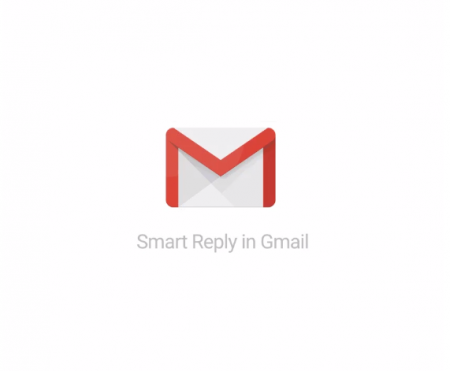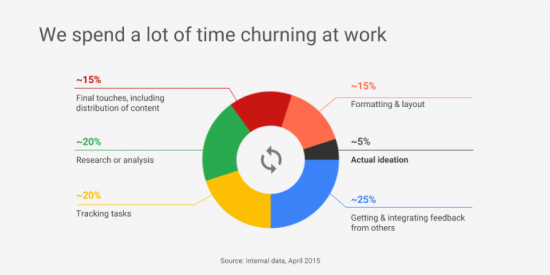May 25, 2017 – Google Smart Reply is a new artificial intelligence (AI) application for Gmail, on a range of platforms including Android and iOS. It even works with Google’s Allo messaging service. You literally no longer need to respond to those pesky queries from friends, whether an email or text. Just let the software do its thing.
There is still a need for some human intervention because Smart Reply suggests three different responses to email and messages received. You then can select the one you like the best, and if your brain is still functioning, you can edit it for that personal touch.
What’s even eerier is that Smart Reply looks at your past history of email and message responses and mimics your writing style. I’d call this pattern recognition beyond the pale.
How does this all work?
Smart Reply uses a recurrent neural network and decodes content to formulate its replies. Although this type of machine learning modeling is effective, it is also computing intensive. And there is no guarantee that the end result, those three responses, will be appropriate. Which means you may find yourself doing more correcting and editing than if you had composed the content in the first place by yourself.
Smart Reply’s rollout has started with English to be followed by Spanish. And from there who knows what other languages will come under its AI sway.
The justification for the application of machine learning to correspondence, states Google, is productivity. After all, writing is time-consuming. It requires you to think about what you have to say before typing or talking to your device. All that “overhead” (referring to time) states Google could be put to better use on more productive tasks such as coming up with the next big idea.
From the Google site announcing Smart Reply and its development justification comes the following:
“According to a Google study in 2015, the average worker spends only about 5 percent of his or her time actually coming up with the next big idea. The rest of our time is caught in the quicksand of formatting, tracking, analysis or other mundane tasks. That’s where machine learning can help….Machine learning algorithms observe examples and make predictions based on data.”
I don’t know about you but when I reply to emails or texts, formatting, tracking and analysis, are not usually at the forefront of mind during the task. I’m thoughtfully answering a query, or responding to a kind word, or acknowledging a well-thought-through idea or proposal.
The Google study provides this fancy chart to justify having machines talk for you.
While I would acknowledge that research and analysis take up a considerable amount of my blog writing time, and formatting a lesser amount, I seriously question this content. If anything makes me want to use artificial intelligence or machine learning when it comes to email, it is to deal with the handling of mail and text volume. I receive on average about 100 emails a day. Most are alerts about the latest science and technology. I would love an application that sorts through these and puts them in order of my priorities having studied my work habits. The personal correspondence, however, is not where I need machine intelligence.
Besides, Google’s spam filter is already doing some of what I want, taking the burden of dealing with junk and setting it aside for quick disposal. What I don’t need is an inbox and text clearing application that pretends to be me.
Sorry Google! This is one time I think you are way over the top.









